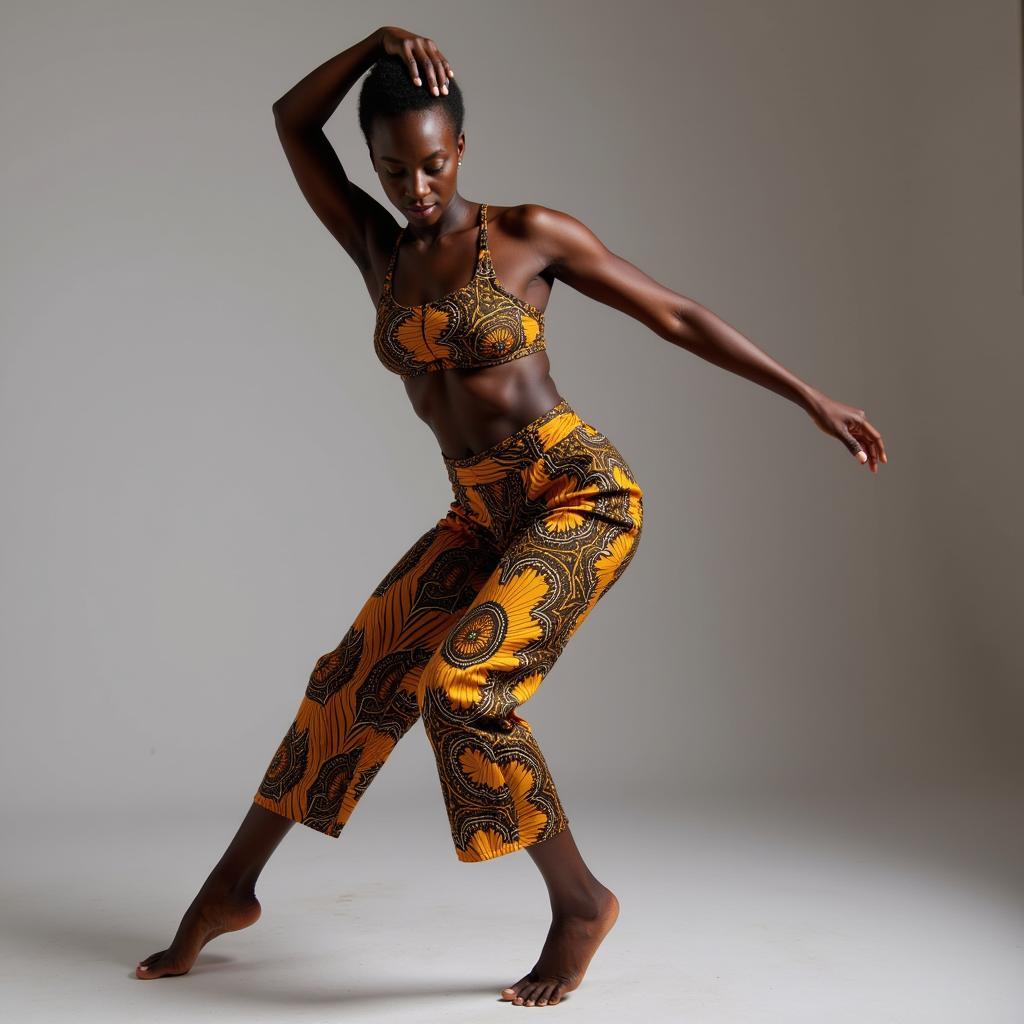The Allure of the African Kalimba: A Journey into Sound and Tradition
The African Kalimba, also known as a thumb piano, is a captivating instrument that has charmed music lovers for centuries. Originating in Africa, the kalimba’s distinctive sound and enchanting melodies have transcended geographical boundaries and captured hearts worldwide. This article delves into the rich history, cultural significance, and enchanting allure of the African kalimba.
A History Etched in Time: Tracing the Roots of the Kalimba
The kalimba boasts a rich history dating back thousands of years. Archaeological evidence suggests that early forms of the instrument existed in Africa as early as 3,000 years ago. These early kalimbas, crafted from materials like bamboo and tortoise shells, showcase the ingenuity and creativity of early African musicians.
From Ancient Origins to Modern Renown
Over the centuries, the kalimba spread throughout the African continent, evolving into various forms and styles. Each region developed its own unique variations, resulting in a vibrant tapestry of kalimba music across Africa. From the mbira dzavadzimu of Zimbabwe to the likembe of Central Africa, the instrument became an integral part of rituals, ceremonies, and social gatherings.
Unraveling the Sounds of the Kalimba
The captivating sound of the kalimba arises from its unique construction and playing technique. Typically made from a wooden soundboard and metal tines, the kalimba produces notes when the player plucks the tines with their thumbs. The vibrations resonate through the soundboard, creating a bright, bell-like tone that is both soothing and uplifting.
A Symphony of Sound: Exploring Kalimba Variations
While the basic design principles remain consistent, kalimbas come in a wide range of shapes, sizes, and materials. The number of tines can vary, influencing the instrument’s range and tonal possibilities. Some kalimbas feature gourds attached to the soundboard, which act as resonators and amplify the sound. This variation in construction contributes to the diverse soundscape of kalimba music across the African continent.
More Than Just Music: The Kalimba’s Cultural Significance
In many African cultures, the kalimba is believed to hold spiritual and social significance. It’s often used in rituals and ceremonies to connect with ancestors, communicate with spirits, and seek guidance from the divine. The instrument’s enchanting melodies are thought to possess healing powers, bringing peace, harmony, and balance to individuals and communities.
“The kalimba is not just an instrument; it’s a conduit to the spiritual realm,” explains Abena Osei, an ethnomusicologist specializing in West African musical traditions. “Its music transcends the physical, inviting listeners to connect with something larger than themselves.”
The Enduring Appeal of the African Kalimba
The kalimba’s popularity has transcended geographical boundaries and musical genres. Its unique sound and relatively easy learning curve have made it a favorite among musicians and music enthusiasts worldwide. From traditional African folk music to contemporary world music and even modern genres like jazz and electronic music, the kalimba continues to captivate audiences with its enchanting melodies and timeless appeal.
Conclusion: The Kalimba’s Melodies Echo Through Time
The African kalimba is a testament to the power of music to transcend time, culture, and geography. Its enchanting melodies have resonated for centuries, carrying with them the rich history, cultural heritage, and spiritual depth of the African continent. Whether used in traditional ceremonies or modern musical expressions, the kalimba continues to captivate hearts and inspire creativity worldwide. If you’re looking for an instrument with a rich history, a unique sound, and the ability to transport you to another world, the African kalimba is an excellent choice.
FAQs: Unlocking the Secrets of the Kalimba
What is the best way to learn to play the kalimba?
There are numerous resources available for aspiring kalimba players, including online tutorials, instructional books, and in-person lessons. Experimenting with different tunings, exploring various playing techniques, and listening to experienced players can enhance your learning journey.
What types of music can be played on a kalimba?
While deeply rooted in African musical traditions, the kalimba is a versatile instrument that can be adapted to various genres, including folk, world music, jazz, and even classical music. Its unique sound adds a distinct flavor to any musical style.
Where can I purchase an authentic African kalimba?
Authentic African kalimbas can be purchased from reputable music stores, online retailers specializing in world instruments, and directly from skilled artisans in Africa. Researching different makers and comparing their craftsmanship and materials can help you find a high-quality instrument.
Are there different sizes of kalimbas?
Yes, kalimbas come in various sizes, ranging from small, pocket-sized instruments to larger ones with a wider range of notes. The size you choose depends on your personal preference and musical goals.
What is the significance of the different notes on a kalimba?
The arrangement of notes on a kalimba varies depending on the tuning system used. Different cultures and regions in Africa have developed unique tuning systems, each with its own musical scales and melodic possibilities.
For further inquiries or support, please don’t hesitate to contact us:
Phone: +255768904061
Email: kaka.mag@gmail.com
Address: Mbarali DC Mawindi, Kangaga, Tanzania.
We have a dedicated customer support team available 24/7 to assist you.
Explore other captivating articles on African music and culture on our website:
- Discover the enchanting sounds of the African gourd instrument.
- Delve into the rhythmic world of African house music.
- Find inspiration for your next celebration with these African decorations for a party.
- Uncover the history and artistry of the African finger harp.
- Learn more about the cultural significance of the African kalimba bone.



